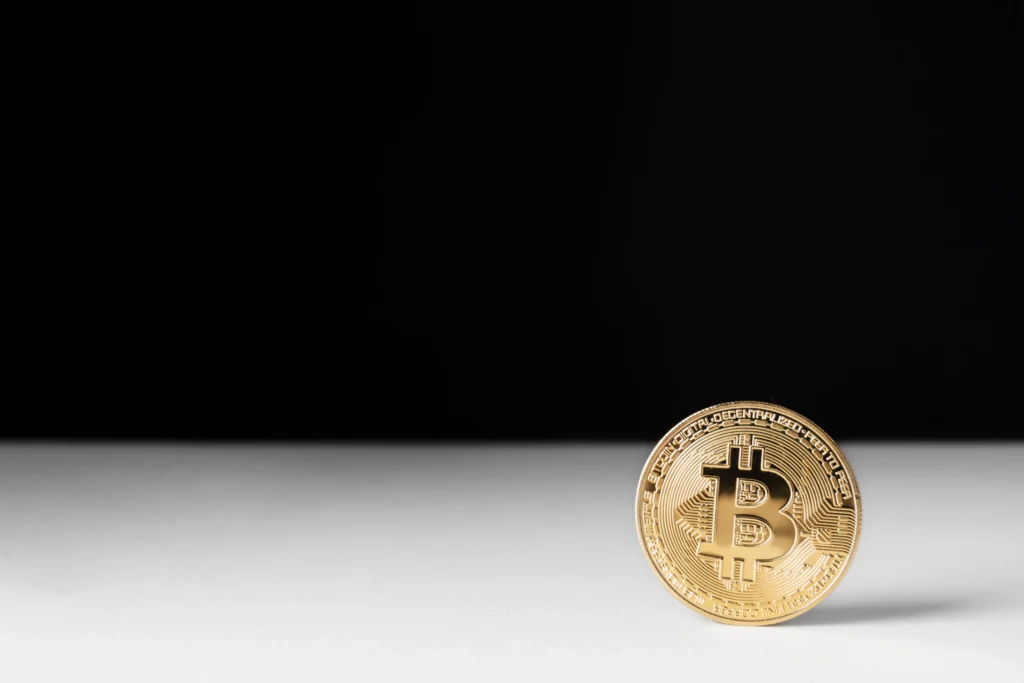For years, the stock market felt like financial skydiving: something only adrenaline junkies—or the ultra-rich—would ever try.
Complex charts, cryptic acronyms, scary headlines… it all seemed like an intimidating world I didn’t belong in. My “investment strategy” was to keep my money in a savings account and sleep peacefully, thinking I was being responsible.
Until one day, reality hit. Hard.

When “being safe” became a loss

It happened during lunch with an old friend who works in finance. He pointed out something I had ignored for too long: with rising inflation, my beloved savings account was actually making me lose purchasing power. Again.
“You’re not saving money,” he said. “You’re letting it slowly disappear.”
That hurt—but it made sense.
🔍 Context:
In the U.S., inflation averaged around 6% in 2021–2022. Most savings accounts offered less than 1% interest at that time. Even “high-yield” accounts couldn’t keep up.
The result? You think you’re saving, but in real terms, you’re falling behind.
Fear comes from not knowing—and that can be fixed

So I started learning. Slowly. No get-rich-quick schemes. Just the basics: what stocks are, how the market works, and why companies go public.
I found out the market isn’t a casino, like people say. It’s more like a giant scoreboard of companies trying to grow. When you invest in them, you’re betting on real businesses, not just numbers on a screen.
📚 Not sure where to start?
- Books: The Simple Path to Wealth by JL Collins, Rich Dad Poor Dad by Robert Kiyosaki
- YouTube channels: Graham Stephan, Andrei Jikh, The Plain Bagel
- Tools: Start with a Roth IRA. Use brokers like Fidelity, Charles Schwab, or Vanguard. You can buy ETFs like VTI with as little as $50–100.
It’s not about predicting the future—it’s about playing the long game

The mindset shift came when I realized investing wasn’t about picking the next Tesla. It was about consistency and time.
Buy strong assets. Hold them. Let compound interest do its thing.
It sounds simple—and it is. The hard part is not panicking when the market drops. But that’s where I finally learned to love it: those drops aren’t failures, they’re opportunities.
📉 Think the market’s too risky?
Here’s some history:
- Over the past 100 years, the S&P 500 has averaged a ~10% annual return.
- That includes crashes, wars, and pandemics.
- The people who stay invested? They win over time.
The market became my teacher

I learned to deal with losses. To stop obsessing over short-term news. To focus on the big picture.
More than anything, the market taught me about myself—patience, discipline, and the power of letting go of control.
And the biggest lesson?
Doing nothing is still a choice. Often, it’s the worst one.
💡 What I wish I knew earlier:
- Time in the market beats timing the market.
- Index funds outperform most active traders.
- You don’t need a lot to start—just consistency.
Final thoughts: Do you need to become a trader?

No. But you do need to understand the basics.
Because money that sits idle doesn’t just “stay put.” It quietly loses value. And that value ends up in the hands of people who do understand how the system works.
So don’t avoid investing just because it looks complicated. I avoided it for years. If I could go back, I’d start earlier—not for greed, but for freedom.
Learning to invest was the most practical way I found to stop worrying about money—and to finally make it work for me.
John Doe
DesignationClick here to change this text. Lorem ipsum dolor sit amet, consectetur adipiscing elit. Ut elit tellus, luctus nec ullamcorper mattis, pulvinar dapibus leo.
Bitcoin Has Outperformed Nearly Every Asset Class in the Past Year – Here’s Why It’s Still a Smart Investment
Over the last 12 months, Bitcoin (BTC) has outshined almost every major asset class, establishing…
“The Crypto Code Review: 89% Success Rate – Myth or Reality?”
“The Crypto Code Review: 89% Success Rate – Myth or Reality?” The Crypto Code provides…
Ethereum Investor Turns $151.4 Million Into $214.3 Million in Two Years Using Diamond Hands Strategy
In a testament to the power of patience and long-term investing, a cryptocurrency investor turned…
See How Much $100 Invested in Bitcoin, S&P 500, and Gold in 2010 Would Be Worth Today
Investing often revolves around balancing risk and reward, and few comparisons illustrate this better than…
ABC’s head of AI research outlined the 7 areas the bank is looking to apply the tech
ABC Bank’s AI Research Chief Reveals 7 Key Areas of AI Implementation Artificial intelligence (AI)…





